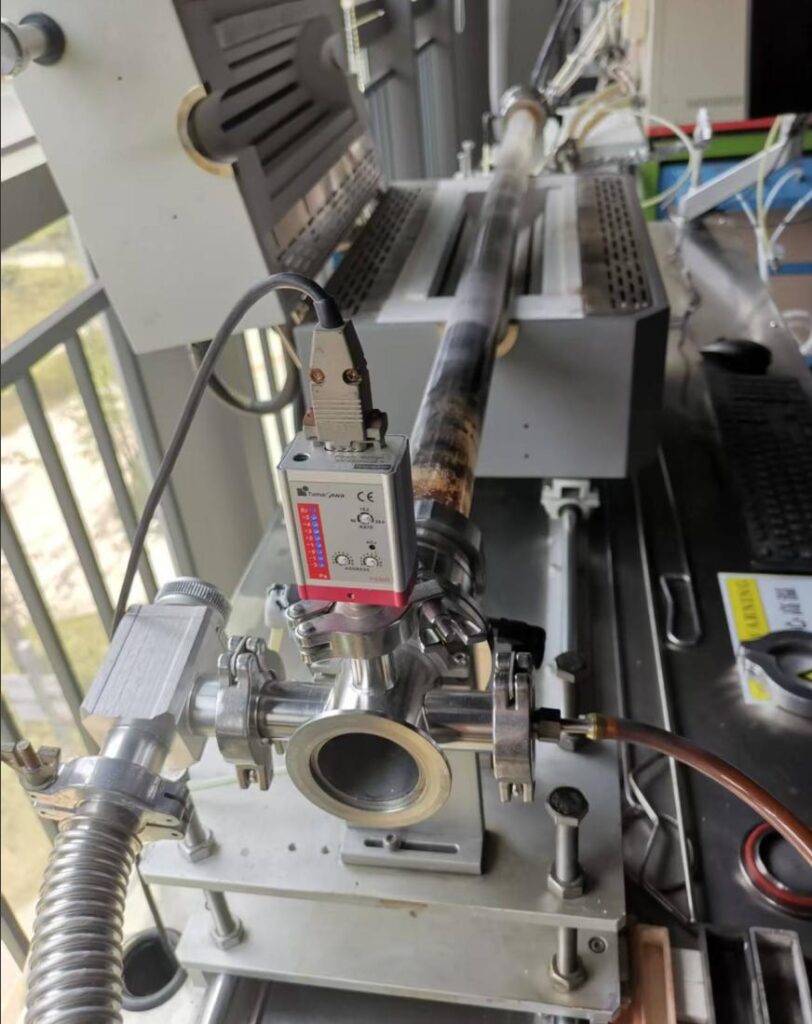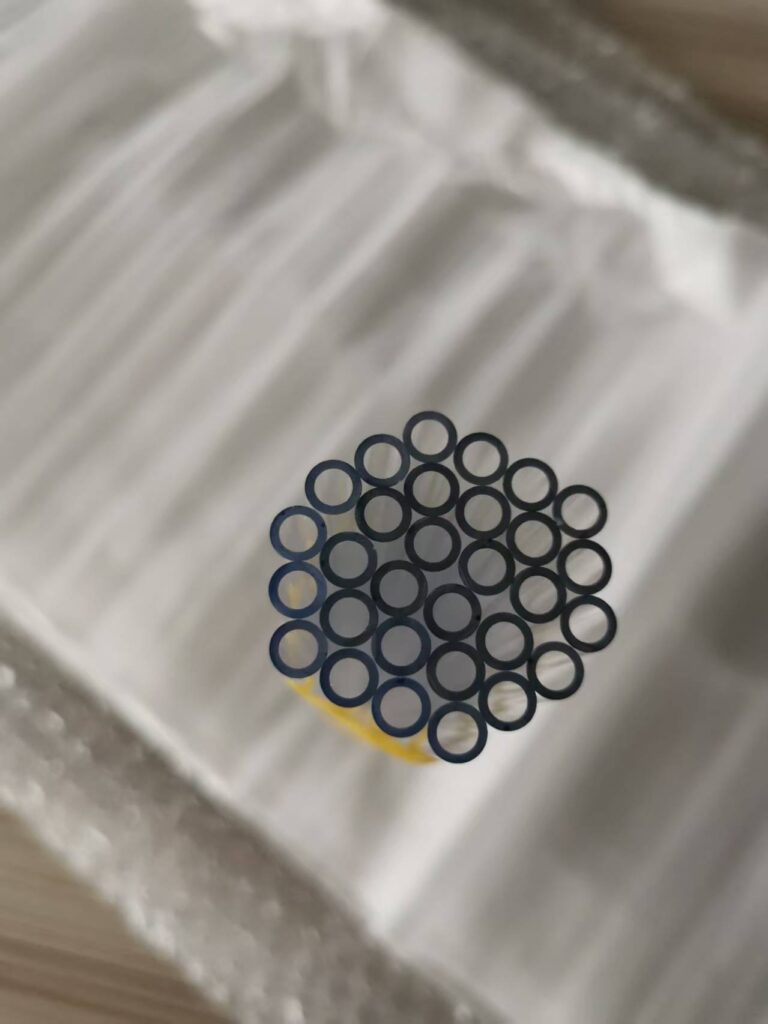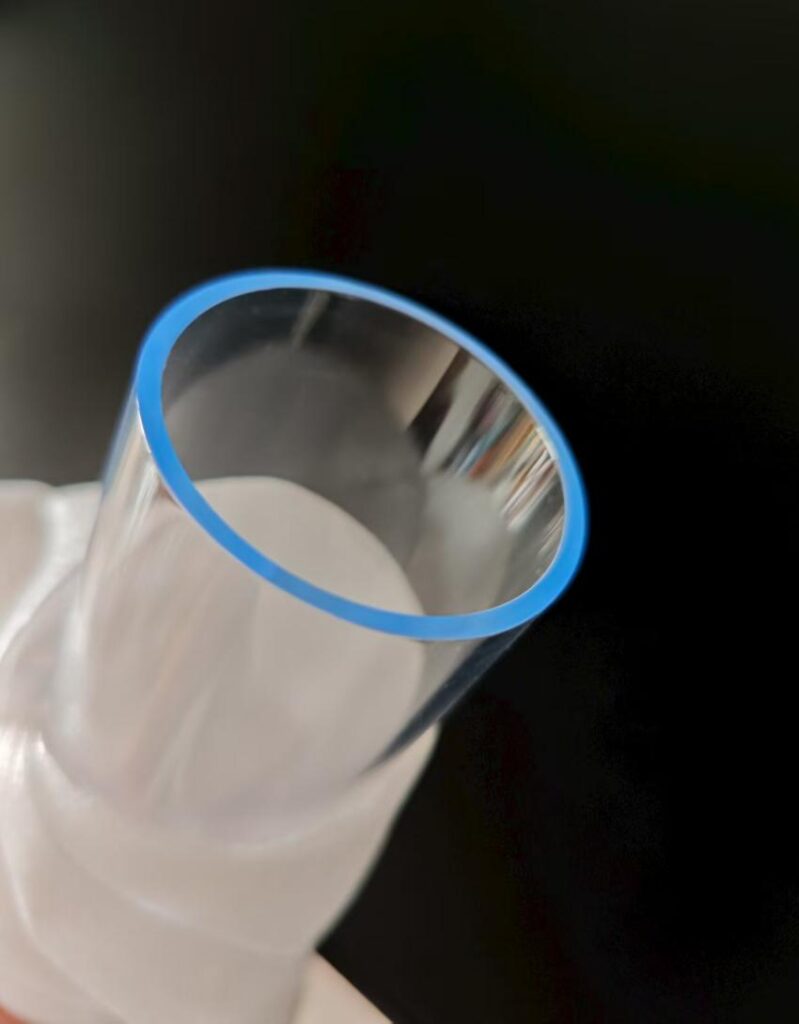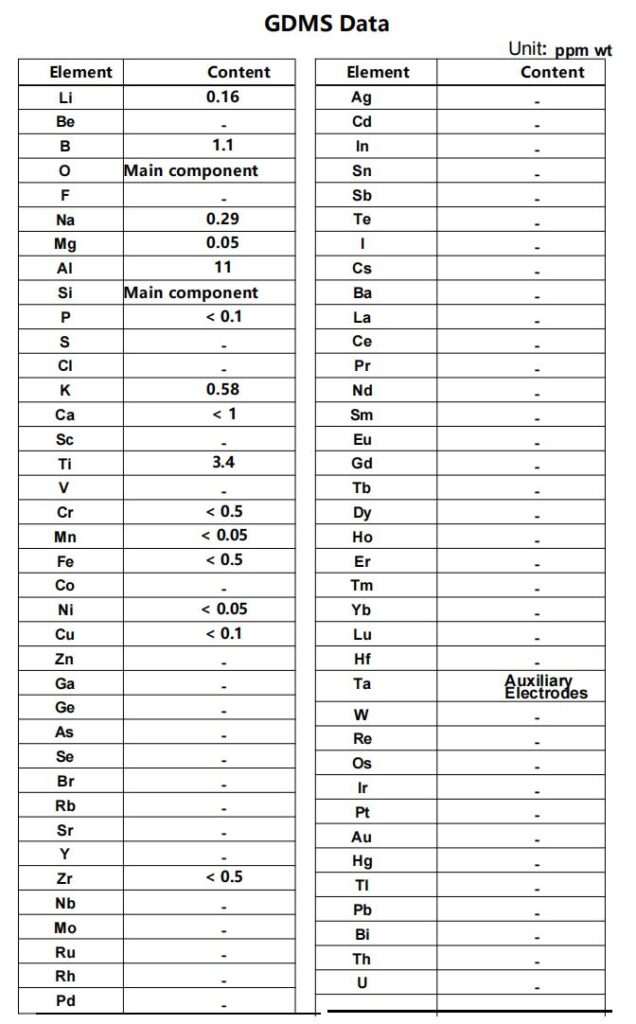When quartz tubes are required to operate in high-pressure environments of 10 MPa or above, end-sealing becomes a critical technical challenge. As quartz is a brittle material, traditional adhesive or rubber seals are prone to failure. Instead, metal-quartz composite sealing structures must be used. Below are five engineering solutions for high-pressure sealing.
Solution 1: Metal Flange + Conical Compression Seal
Structural Features:
- Quartz tube ends are machined into a 20° conical surface.
- Stainless steel flanges with matching internal cones.
- Axial pressure applied using hydraulic pre-tightening bolts.
Key Parameters:
- Sealing pressure: ≤30 MPa
- Applicable temperature: −200 °C to 500 °C
- Leak rate: <10⁻⁹ Pa·m³/s
- Annealed quartz tubes required (to prevent stress-concentration cracking).
Fördelar: Detachable; suitable for frequent opening and closing during experiments.
Disadvantages: Requires precision machining (cone angle tolerance ±0.5°).
Solution 2: High-Temperature Glass Welding
Process Highlights:
- Fill the gap between quartz tube and metal flange with borosilicate glass powder.
- Melted and welded in a nitrogen environment at 850 °C.
- Slow cooling and annealing to eliminate stress.
Performance Indicators:
- Pressure resistance: 15 MPa (static).
- Temperature resistance: ≤450 °C (glass softens above this point).
- Must use Kovar flanges to match thermal expansion coefficients.
Ansökan: Suitable for permanent sealing, such as in sensor packaging.
Solution 3: Hydraulic Cold Press Sealing
Innovative Process:
- Use ultra-high-pressure molds (1–3 GPa) at room temperature.
- Achieve plastic deformation interlocking between quartz and metal.
- No intermediate solder or adhesives required.
Breakthrough Parameters:
- Pressure resistance: up to 100 MPa (world record).
- Temperature range: −273 °C to 1000 °C.
- Limited to short tubes with wall thickness ≥5 mm.

Solution 4: O-Ring Dynamic Sealing
Special Design:
- FFKM (perfluoroelastomer) O-rings are used.
- Dual-stage pressurization structure:
- Primary seal: 5 MPa hydraulic pre-tightening.
- Secondary seal: metal bellows compensation.
Application Scenarios:
- Systems requiring frequent disassembly and reassembly.
- Maximum pressure: 12 MPa (short-term peak of 15 MPa).
Note: High assembly cost and requires skilled technicians.
Solution 5: Integrated Metallized Sintering
Military-Grade Solution:
- Vacuum sputter multi-layer Ti-Pt-Au coating on quartz tube ends.
- High-temperature sintering to form a metalized transition layer.
- Laser welding to stainless steel flanges.
Performance Limits:
- Burst pressure: up to 50 MPa.
- Thermal shock resistance: withstands 1000 °C → liquid nitrogen cycles without failure.
- Only applicable to thick-walled tubes with ID <20 mm.
Solution Comparison Table
| Solution | Pressure Resistance (MPa) | Temperature (°C) | Detachable | Applicable Tube Diameter | Cost |
|---|---|---|---|---|---|
| Metal Flange | 30 | 500 | ✓ | 5–100 mm | Moderate |
| Glass Welding | 15 | 450 | ✗ | 3–50 mm | Low |
| Cold Press | 100 | 1000 | ✗ | 3–20 mm | Very High |
| O-Ring | 12 | 300 | ✓ | 10–200 mm | High |
| Metallization | 50 | 1000 | ✗ | 3–20 mm | Very High |
Recommended Solution for Your Application
Operating Conditions:
ID = 7.75 mm, Pressure = 10 MPa, Medium = CO₂, Temperature = 500 °C
- Preferred Solution: Solution 1 (Metal Flange + Conical Seal)
Recommended materials: Inconel 718 flange + red copper gasket.
Pre-tightening force: ≥8 tons (M6 bolts × 8 pcs). - Alternative: Solution 5 (if budget allows and disassembly is not required).
- Prohibited: Regular epoxy or silicone adhesives (will fail above 5 MPa).
Implementation Considerations
1. Stress Concentration Control
- Flange contact surfaces must be machined with R0.3 mm rounded transitions.
- Quartz tube ends must be flame-polished.
(Not applicable for thick-walled tubes; polishing may reduce pressure resistance.)
2. Leak Detection Standards
- Helium mass spectrometry leak detection ≤1×10⁻⁸ mbar·L/s.
- Pressure-holding test: maintain 15 MPa for 1 hour, pressure drop <1%.
3. Safety Precautions
- Install explosion-proof shields (recommend 6 mm polycarbonate).
- Real-time pressure sensors + automatic relief valves are required.
For custom engineering sealing solutions under specific experimental conditions, CAD drawings or detailed process specifications (temperature, internal/external pressure, test gases, etc.) are required for further discussion.




